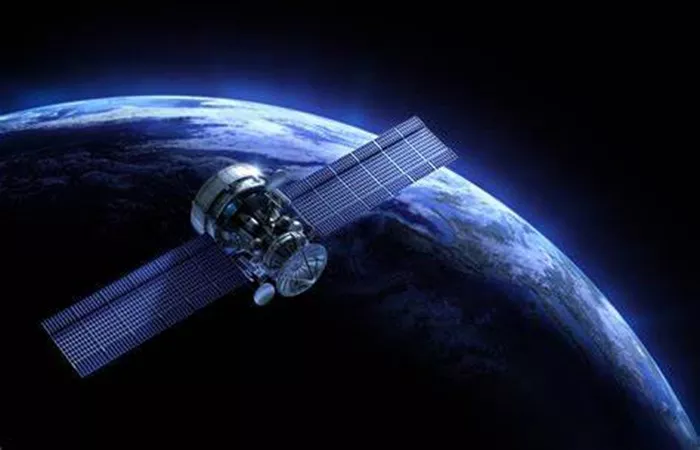New Study Reveals Nearly Half of Recent Satellite Re-entries Were Starlink Units
A joint research team from the University of Maryland and NASA’s Goddard Space Flight Center has published findings showing SpaceX’s Starlink satellites are deorbiting significantly faster than anticipated due to increased solar activity. The study, titled “Tracking Starlink Satellite Re-entries During the Rising Phase of Solar Cycle 25,” analyzed satellite re-entry patterns from 2020-2024.
Key Findings from the Study
Between 2020 and 2024:
- 1,190 low Earth orbit satellites re-entered Earth’s atmosphere
- 583 (49%) were Starlink satellites
- 2024 alone saw 316 Starlink satellites burn
The research established a clear correlation between satellite re-entries and solar activity patterns, with the current solar cycle proving more intense than predicted.
How Solar Activity Accelerates Satellite Decay
The Solar Cycle Connection
We are currently in Solar Cycle 25’s rising phase, which began in 2019 and is expected to peak in 2025. Solar maximum periods feature increased solar eruptions that can trigger geomagnetic storms.
“Thermospheric drag, while minimal at orbital altitudes, gradually reduces a spacecraft’s mechanical energy,” explained a researcher from China’s Key Laboratory of Solar Activity and Space Weather. “Without corrective propulsion, this eventually causes orbital decay and atmospheric re-entry.”
Impact on Satellite Operations
Dong Weihua, CTO of commercial space platform Zhongke Tiantu, noted:
- Solar storms can reduce satellite lifespan by 20%
- Orbit prediction accuracy decreases significantly during solar events
- Normal 24-hour position forecasts (typically <100m error) can become 1km off during solar storms
Interestingly, 70% of satellite re-entries occurred during moderate or weak geomagnetic storms rather than intense ones, suggesting prolonged exposure to solar activity may be more damaging than brief extreme events.
Why Starlink Satellites Are Particularly Vulnerable
Low Orbit Design Challenges
Starlink’s constellation operates at unusually low altitudes:
- Lowest orbital layer: ~300 km
- Typical lifespan at this altitude: 3-5 years (vs 15-20 for GEO satellites)
- Below 300 km: Decay becomes exponentially faster
“China’s satellite networks generally operate above 1,000 km,” Dong noted. “At those altitudes, a satellite’s components might fail before orbital decay becomes an issue.”
Generation Replacement Cycle
Analysts suggest many falling Starlink satellites are early-generation models reaching their planned 5-year operational lifespan. SpaceX currently has 7,578 satellites in orbit (7,556 operational) of a planned 42,000-satellite constellation.
Financial Implications for SpaceX
Massive Replacement Costs
With each Starlink satellite costing:
- V2 Mini: $800,000
- V3: $1.2 million
Replacing the full constellation every 5 years could exceed $33 billion for V2 Mini models alone. While SpaceX projects $15.5 billion in 2024 revenue, its private financial status remains opaque despite a $350 billion valuation.
Sustainability Questions
Industry observers debate whether Starlink will:
- Fund Musk’s Mars colonization ambitions
- Become a financial black hole
- Require redesign for longer orbital longevity
SpaceX has yet to publicly address these solar-related operational challenges, though the company continues launching new satellites at a rapid pace. Modern space weather monitoring systems (like China’s Meridian Project) now provide advance warning of solar events, allowing for some preventative satellite maneuvers.
As solar activity approaches its peak, the space industry faces growing challenges in maintaining low Earth orbit infrastructure—with Starlink’s massive constellation particularly exposed to the sun’s unpredictable behavior.
Related topic:

